Choosing high-quality weathering steel for construction, landscaping, or other industrial uses is important. Weathering steel is popular for its excellent corrosion resistance and attractive rust appearance. Here’s a guide to help you make the right choice.
1. Understand Weathering Steel’s Features
Weathering steel (also known as Corten steel) contains elements like copper, chromium, and nickel, making it resistant to corrosion. When exposed to air and moisture, it forms a protective rust layer that prevents further corrosion.
Before choosing, check if the steel’s corrosion resistance fits your environment. Some weathering steels may not work well in very wet or salty areas. It’s crucial to know the conditions where you’ll use the steel.
2. Choose the Right Grade of Weathering Steel
Different grades of weathering steel have different corrosion resistance and strength. Common grades like Corten A and Corten B offer different qualities:
- Corten A: Good for low-stress applications, commonly used in buildings and bridges.
- Corten B: Stronger than Corten A and suited for high-stress applications and harsher environments.
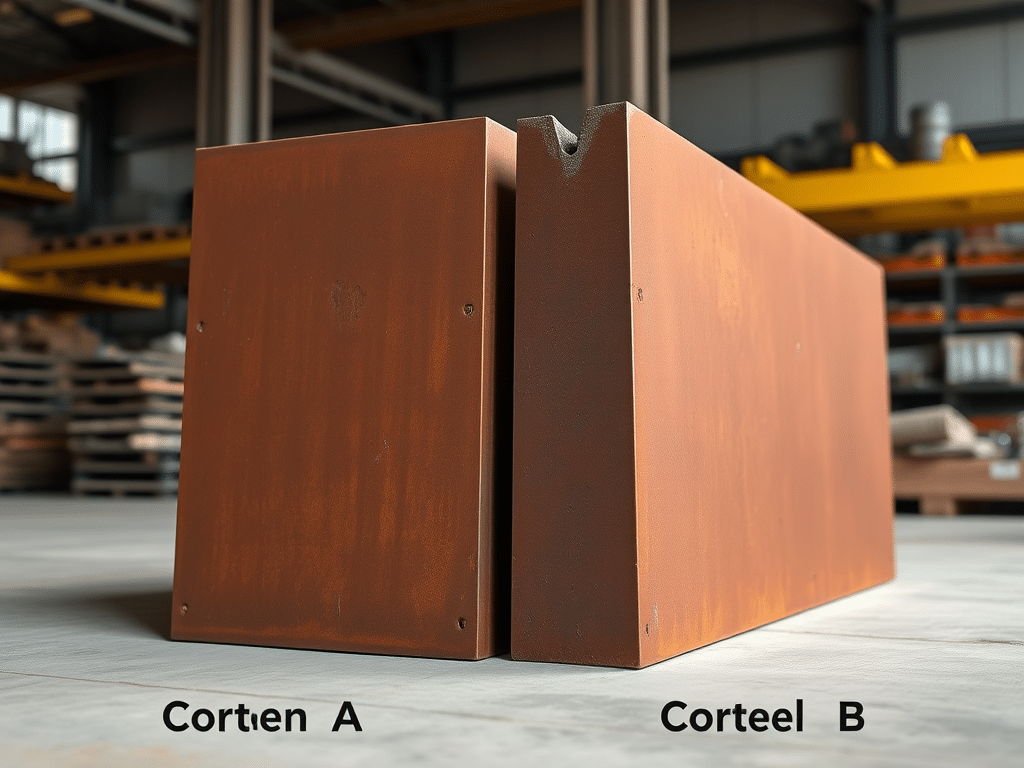
Pick the grade based on your specific needs.
3. Check the Manufacturer’s Reputation
Buy from well-known and experienced manufacturers. A good supplier usually offers high-quality weathering steel and reliable after-sales support. You can:
- Check the manufacturer’s certifications and industry credentials.
- Read customer reviews and project case studies.
- Ask for more information and technical support.
4. Inspect the Material and Surface Treatment
Quality weathering steel should have uniform material without defects, like cracks or bubbles. Ask the supplier for a Material Test Certificate, which shows the chemical composition and mechanical properties of the steel. Make sure the surface treatment follows the standards, ensuring the protective rust layer forms properly.
5. Consider the Size and Processing Needs
Weathering steel may need to be cut or welded to specific sizes. Choose a supplier that can offer the right size and provide any custom processing services you need. Ensure the supplier can handle the required precision.
6. Price and Value for Money
Weathering steel tends to be more expensive initially. However, it saves money in the long term due to its durability. Its low maintenance needs also contribute to cost savings. Compare the price with the product quality and the long-term cost savings.
Avoid cheap products that might not have the necessary corrosion resistance. They might also lack the strength needed. This could affect your project in the long run.
7. Consider Environmental Factors
Many construction projects have strict environmental requirements. Weathering steel is eco-friendly because:
- It reduces the need for paints and coatings, lowering maintenance costs and pollution.
- It lasts longer, cutting down on material waste and replacements.
- It is 100% recyclable, reducing its environmental impact.
8. After-Sales Support
Good suppliers offer excellent after-sales support, including installation guidance and technical assistance. If problems arise with the weathering steel, you want quick solutions, so check that the supplier provides strong customer service.
9. Read Customer Reviews and Case Studies
Before making a final decision, check what other customers say. Customer feedback can help you understand how the weathering steel performs. Real-world project examples can show you whether it’s right for your project.
10. Installation and Maintenance
While weathering steel is durable, proper installation and maintenance are still important:
- Installation Environment: Weathering steel works best in open, exposed environments. Avoid installing it in sealed or damp places, as it may not form a protective rust layer properly.
- Welding and Cutting: Use compatible welding materials and methods. The welding material should match the steel to maintain its performance.
- Regular Inspection: Weathering steel resists corrosion. However, periodic checks for cracks or other issues are necessary. This is especially true in extreme weather.

11. Aesthetic Value of Weathering Steel
Weathering steel isn’t just durable; it also has aesthetic value. The natural rust color and texture are often used in modern buildings, landscaping, and art projects. It creates a unique visual effect, which blends well with the surrounding environment.
- Rust Color: The rust color changes over time, adding a unique touch to buildings or sculptures.
- Natural Harmony: It looks great with other natural materials like wood, stone, or plants, creating a warm, natural appearance.
12. Environmental Benefits of Weathering Steel
Weathering steel is considered an eco-friendly material with many green building advantages:
- Lower Maintenance Costs: The steel doesn’t need constant painting or coating, reducing both costs and environmental impact.
- Long Lifespan: With its excellent durability, weathering steel needs fewer replacements, reducing waste.
- Recyclable: Weathering steel is fully recyclable, making it a sustainable choice for eco-conscious projects.
13. Long-Term Benefits
Weathering steel may cost more initially. However, it offers savings in the long run due to its durability. Additionally, it requires low maintenance. It’s ideal for projects exposed to harsh outdoor conditions. Weathering steel also adds beauty and value to your project, increasing its overall worth.
14. Combining Weathering Steel with Other Materials
Weathering steel is often used alongside other building materials like glass, concrete, and wood. This combination creates a modern, unique design:
- With Glass: Weathering steel and glass can complement each other, creating a sleek, modern look.
- With Concrete: Combining weathered steel with concrete creates an industrial style perfect for modern architecture.
- With Wood: The contrast between weathered steel and wood brings warmth to outdoor spaces and gardens.
15. Market Trends and Innovations
The use of weathering steel is expanding beyond traditional construction:
- Smart Buildings: Weathering steel is now used in smart building designs, combined with sensors and automation.
- Improved Corrosion Resistance: New technologies and coatings are making weathering steel more resistant to harsh weather conditions. These advancements further improve its performance.

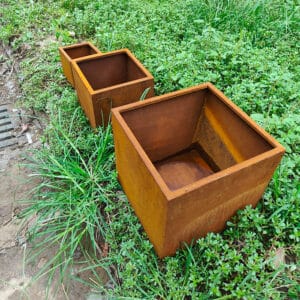
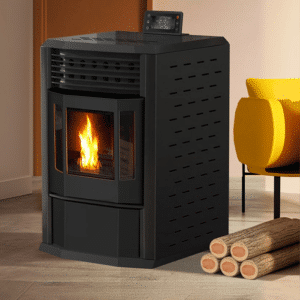
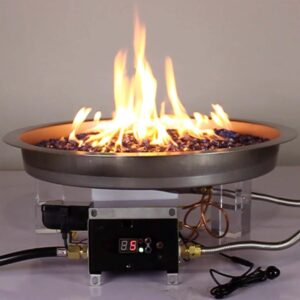
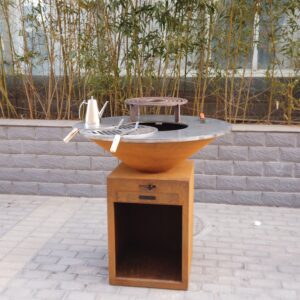

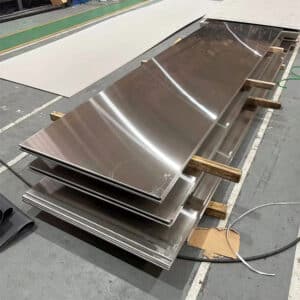
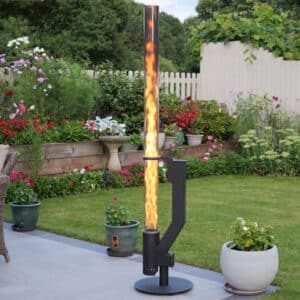
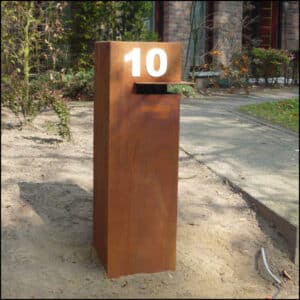
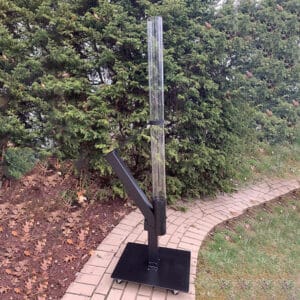
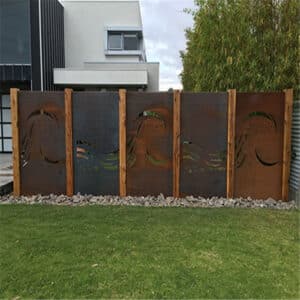




One Response